Toyota RAV4 Years to Avoid (Guide) of 2024
When it comes to purchasing a used Toyota RAV4, it’s crucial to navigate through its various generations and understand which years may present more challenges than others.
This article aims to provide a comprehensive guide on the Toyota RAV4 years to avoid based on consumer reports and common issues across different generations.
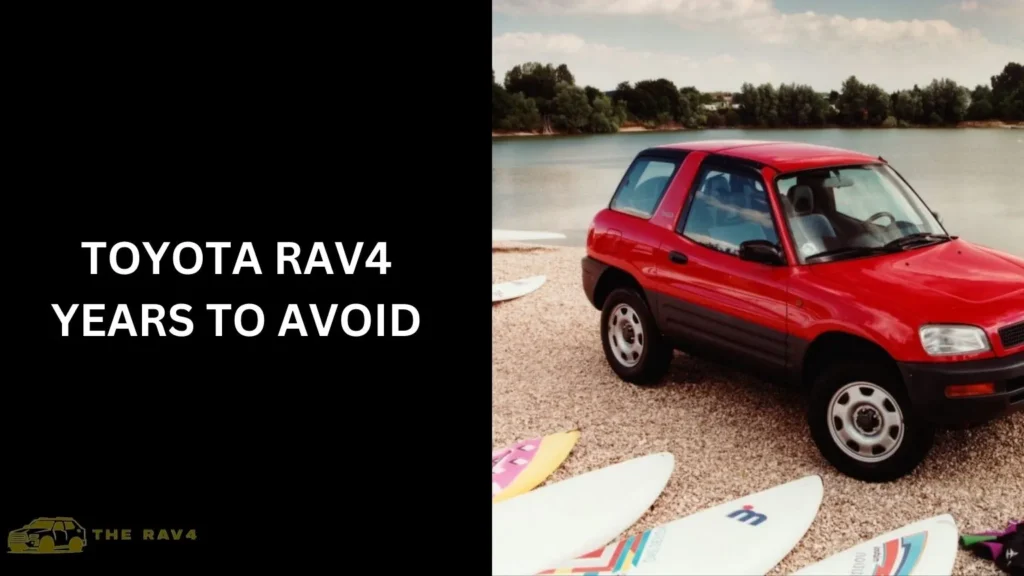
Understanding Toyota RAV4 Generations
The Toyota RAV4 has evolved through several generations, each bringing advancements and improvements to the popular compact SUV. Here’s a breakdown of each generation:
First Generation (1996-2000)
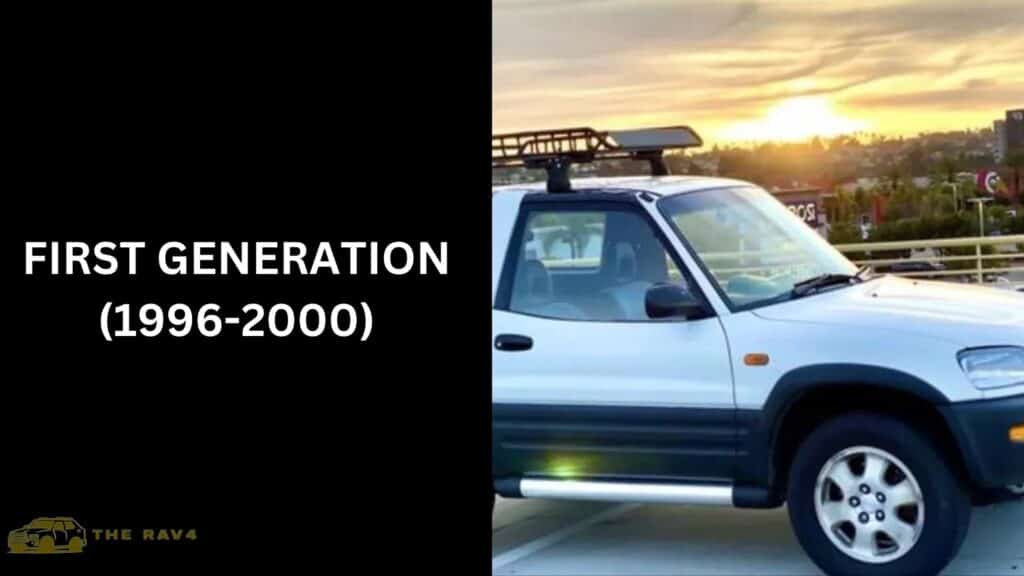
The initial years of Toyota RAV4 production introduced a compact SUV that gained popularity for its reliability.
However, certain models within this range, particularly those from 1996 to 2000, were noted for their susceptibility to rust issues, especially in regions with harsh climates.
Second Generation (2001-2005)
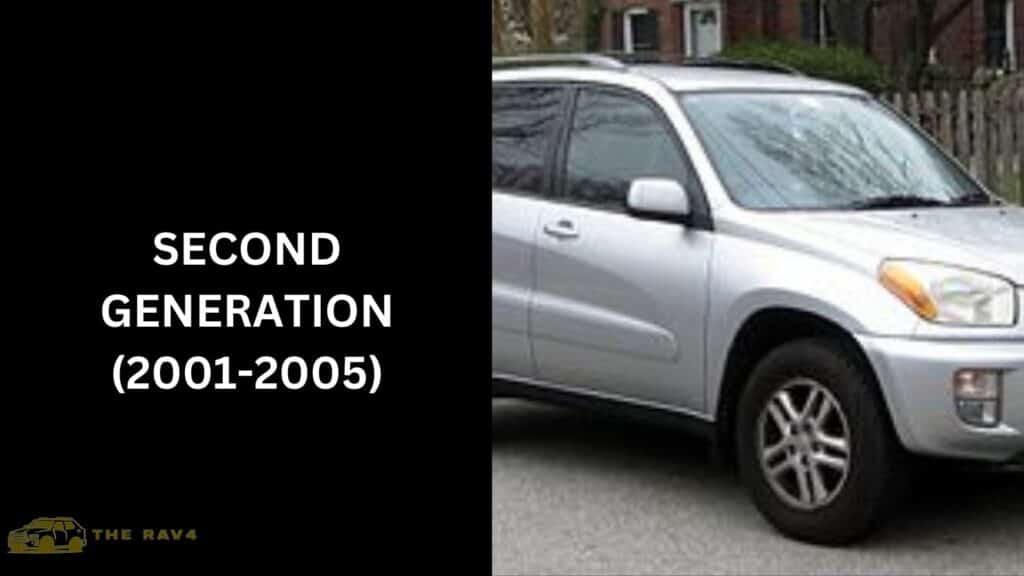
The second generation of Toyota RAV4s saw improvements in design and features. Still, some models, especially those in the early 2000s, faced complaints regarding transmission problems and premature wear on suspension components.
Third Generation (2006-2012)
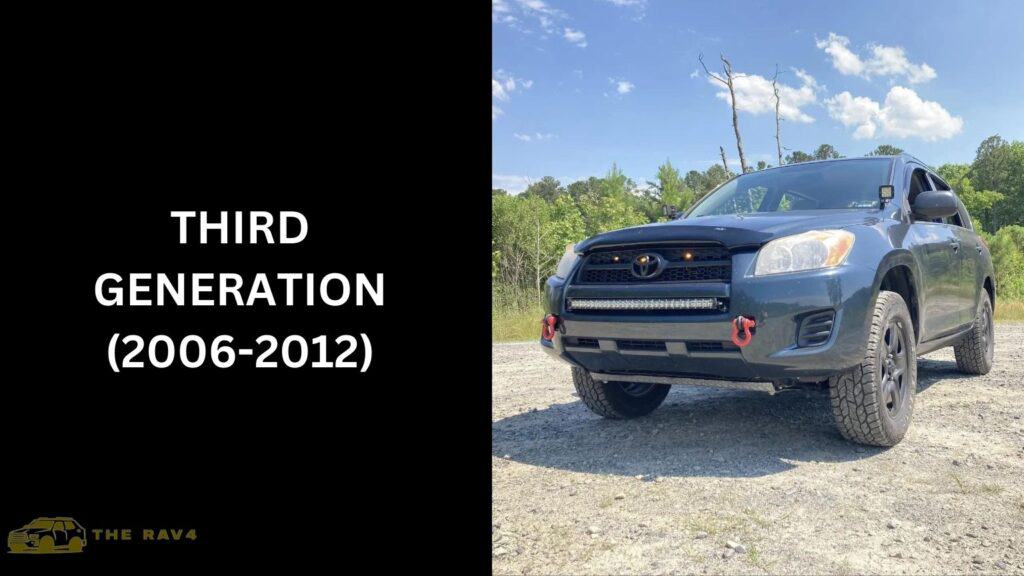
Entering the mid-2000s, Toyota enhanced the RAV4’s performance and comfort.
Nevertheless, reports emerged highlighting potential engine issues in models produced between 2006 and 2008, leading to concerns about oil consumption and related complications.
Fourth Generation (2013-2018)

This period witnessed significant advancements in technology and safety features for the Toyota RAV4.
However, certain models, particularly those from 2013 to 2015, garnered negative feedback related to transmission failures and electrical system malfunctions.
Fifth Generation (2019-Present)
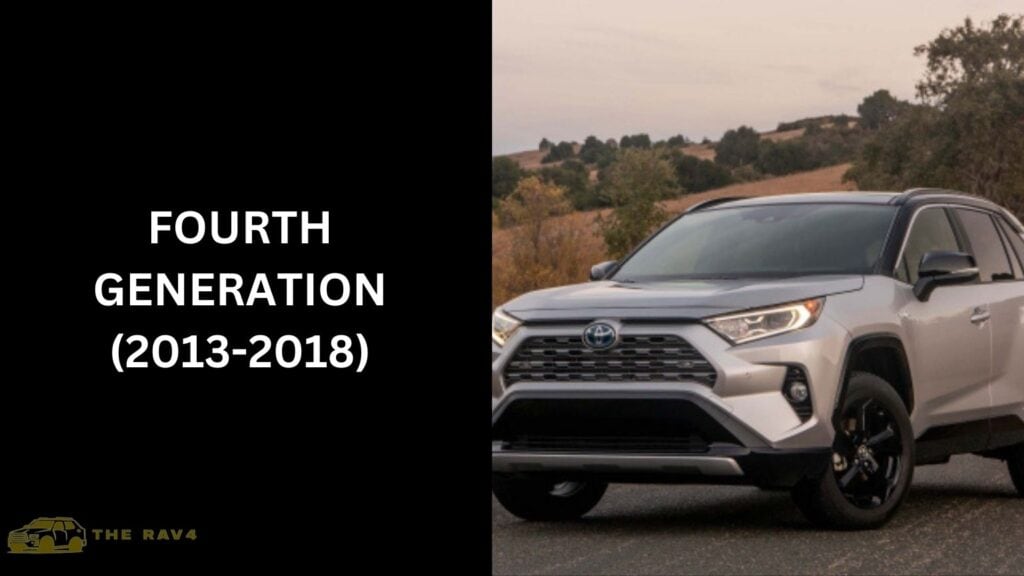
The latest generation of Toyota RAV4s incorporates modern innovations and efficient powertrains.
While newer models generally receive positive reviews, it’s advisable to stay updated on consumer reports to identify any emerging issues.
Common Issues Across Generations
Toyota RAV4, despite its reliability, has encountered some common issues across different generations. Here are notable concerns reported by owners:
Engine Problems
Throughout different RAV4 generations, some owners reported engine-related concerns such as excessive oil consumption, engine stalling, or lack of power, especially in older models.
Transmission Issues
Transmission problems, including rough shifting, hesitation, or complete failure, have been reported in specific years of the Toyota RAV4, impacting driving performance and safety.
Electrical System Failures
Issues with the electrical systems, such as malfunctioning sensors, dashboard warning lights, or unresponsive controls, have been noted in certain RAV4 models, requiring costly repairs.
Suspension and Steering Concerns
Several consumers highlighted issues with the suspension, steering components, or alignment problems, affecting ride quality and vehicle handling in select Toyota RAV4 editions.
Toyota RAV4 Years to Avoid Based on Consumer Reports
Consumer reports and automotive experts often highlight specific years of the Toyota RAV4 that may present more challenges or reliability issues.
Here are the years to approach with caution or consider avoiding based on aggregated data:
Toyota RAV4 Models to Avoid (Specific Years)
Based on aggregated consumer reports and expert evaluations, the following Toyota RAV4 years are recommended to be approached with caution or avoided:
- First Generation: 1996-2000 (Rust Concerns)
- Second Generation: 2001-2005 (Transmission and Suspension Issues)
- Third Generation: 2006-2008 (Engine Problems)
- Fourth Generation: 2013-2015 (Transmission and Electrical Failures)
Reasons Behind These Avoidance Recommendations
The reasons behind these recommendations stem from recurring problems reported by owners and verified by automotive experts, emphasizing the importance of thorough research before purchasing a used Toyota RAV4.
Tips for Buying a Used Toyota RAV4
When considering a used Toyota RAV4, follow these essential tips to make an informed decision and minimize potential risks:
Research and Vehicle History Check
Gather detailed information about the specific model year you’re interested in, including its maintenance history, service records, and any reported issues.
Pre-Purchase Inspection
Schedule a professional inspection to assess the overall condition of the vehicle, focusing on critical areas like the engine, transmission, suspension, brakes, and electrical systems.
Consider Certified Pre-Owned (CPO) Options
Opting for a certified pre-owned Toyota RAV4 from an authorized dealership can offer additional warranty coverage and assurance of quality.
Negotiation Strategies
Use your research findings and inspection results to negotiate a fair price, taking into account any necessary repairs or potential maintenance costs.
Importance of Maintenance Records
Prioritize vehicles with well-documented maintenance records, indicating regular servicing and care, which can indicate a well-maintained and reliable RAV4.
People also ask
What are the most reliable years of RAV4?
The Toyota RAV4 is known for its reliability, with some of the most dependable years being from 2013 onwards in the fourth generation and newer models from the fifth generation (2019-present).
These years typically have fewer reported issues and improved technology and safety features.
What year to stay away from with the RAV4?
It’s advisable to steer clear of certain years within the Toyota RAV4 lineup, particularly the first generation (1996-2000) due to rust concerns,
the second generation (2001-2005) for transmission and suspension issues,
and specific models from the third (2006-2008) and fourth (2013-2015) generations due to engine, transmission, and electrical problems reported by consumers.
Which RAV4 has problems?
Certain Toyota RAV4 models, particularly those from the first generation (1996-2000) due to rust issues,
the second generation (2001-2005) for transmission and suspension problems, and specific years within the third (2006-2008) and fourth (2013-2015) generations due to engine,
transmission, and electrical concerns, have been reported to have problems.
What year did RAV4 have transmission problems?
The Toyota RAV4 experienced transmission problems in specific years, notably in the second generation (2001-2005),
with reported issues such as rough or delayed shifting, transmission fluid leaks, and premature wear on transmission components.
Conclusion
In Conclusion, Navigating the landscape of used Toyota RAV4s requires diligence and awareness of potential pitfalls.
By understanding the years to avoid based on consumer reports and implementing smart purchasing strategies, you can enhance your chances of owning a dependable and enjoyable vehicle.
